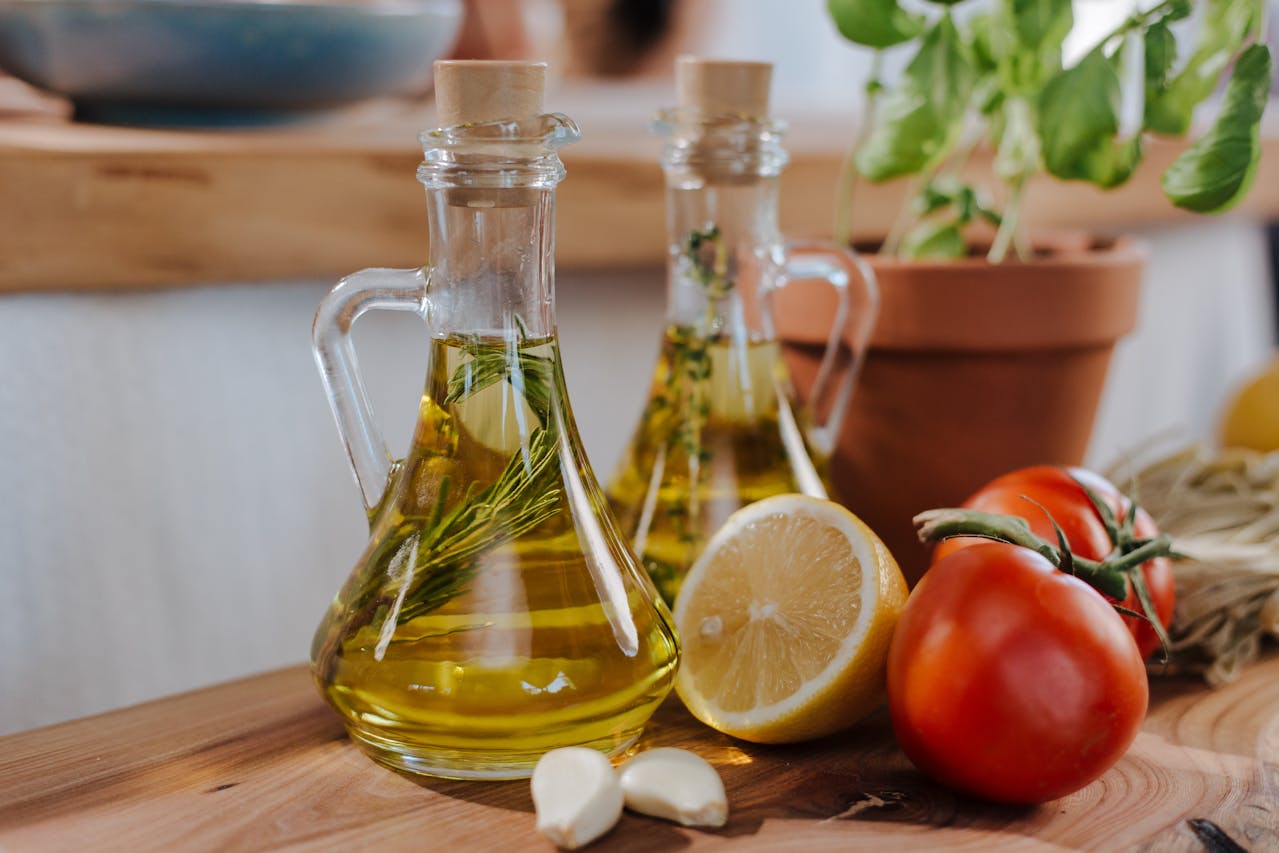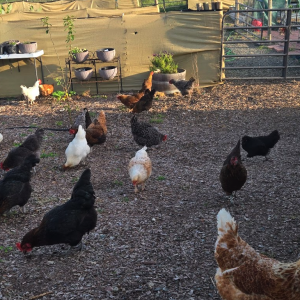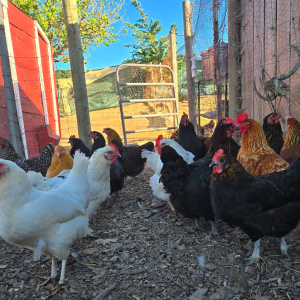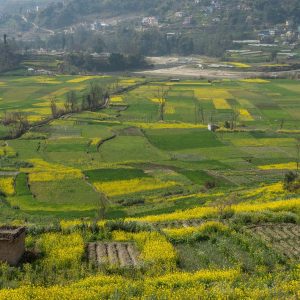Italian olive oil is deeply rooted in the country’s culture, history, and traditions, making it unique in many ways. Beyond its exceptional quality, there are fascinating aspects of Italian olive oil production, regional variations, and the fun, cultural practices surrounding it. Here’s a deeper dive into what makes Italian olive oil special and the enjoyable traditions tied to it:
What Makes Italian Olive Oil Unique
- Diverse Regional Flavors:
- Each region in Italy produces olive oil with distinct flavors, aromas, and characteristics, influenced by the local climate, soil, and olive varieties.
- For example, Tuscan olive oil is often peppery and robust, while Ligurian oil is mild and buttery.
- Ancient Olive Trees:
- Italy is home to some of the oldest olive trees in the world, some dating back thousands of years. These trees are not only historical landmarks but also still produce olives today.
- The “Olive Tree of Borgagne” in Puglia, for instance, is estimated to be over 1,000 years old.
- Traditional Harvesting Methods:
- Many Italian producers still use traditional methods, such as hand-picking olives or using small, family-run mills (frantoio) for cold-pressing. This ensures the highest quality and preserves the oil’s natural flavors.
- Cultural Significance:
- Olive oil is more than just a product in Italy—it’s a symbol of hospitality, health, and tradition. It’s often gifted during holidays and special occasions.
- Protected Designations:
- Many Italian olive oils have DOP (Denominazione di Origine Protetta) or IGP (Indicazione Geografica Protetta) certifications, which guarantee their origin, quality, and production methods.
Fun Traditions and Activities Around Olive Oil
- Olive Harvest Festivals (Sagre dell’Olio):
- During the harvest season (typically October to December), many towns and villages host festivals celebrating olive oil. These events often include:
- Tastings of freshly pressed olive oil (olio nuovo).
- Traditional music, dancing, and local food.
- Demonstrations of olive pressing and harvesting techniques.
- During the harvest season (typically October to December), many towns and villages host festivals celebrating olive oil. These events often include:
- Frantoi Aperti (Open Oil Mills):
- In regions like Umbria and Tuscany, olive mills open their doors to the public during the harvest season. Visitors can:
- Tour the mills and learn about the oil-making process.
- Taste freshly pressed olive oil paired with local bread and wine.
- Participate in olive-picking activities.
- In regions like Umbria and Tuscany, olive mills open their doors to the public during the harvest season. Visitors can:
- Olio Nuovo (New Oil) Celebrations:
- The first pressing of olive oil, called olio nuovo, is a highly anticipated event. It’s celebrated with special dinners and tastings, often featuring dishes like bruschetta drizzled with the new oil.
- Olive Oil Tasting Tours:
- Many agriturismi (farm stays) and olive oil producers offer guided tours and tastings. Visitors can:
- Walk through olive groves and learn about different olive varieties.
- Participate in sensory tastings to identify flavors like grass, artichoke, almond, or pepper.
- Pair olive oil with local wines, cheeses, and cured meats.
- Many agriturismi (farm stays) and olive oil producers offer guided tours and tastings. Visitors can:
- Cooking Classes with Olive Oil:
- In regions like Tuscany and Sicily, cooking classes often highlight olive oil as a key ingredient. Participants learn to make traditional dishes like pasta al pomodoro, ribollita, or caponata, all showcasing the versatility of olive oil.
- Olive Oil Spas and Wellness:
- Olive oil isn’t just for cooking—it’s also used in wellness treatments. Some Italian spas offer massages and skincare treatments using olive oil, celebrating its nourishing properties.
- Olive Oil as Art:
- In some regions, olive oil is celebrated through art and craftsmanship. For example:
- Bottles of olive oil are often beautifully designed, making them popular souvenirs.
- Local artisans create olive wood products, like cutting boards and utensils, which are often sold alongside olive oil.
- In some regions, olive oil is celebrated through art and craftsmanship. For example:
Unique Regional Practices
- Puglia’s Ancient Olive Groves:
- Puglia is home to vast olive groves with centuries-old trees. Some farms offer tours where visitors can learn about the history of these trees and their role in the region’s economy.
- Liguria’s Taggiasca Olives:
- The Taggiasca olive, native to Liguria, is small but packed with flavor. Local producers often pair olive oil tastings with focaccia, a regional specialty.
- Tuscany’s Olive Oil Trails:
- Tuscany has scenic “olive oil trails” where visitors can bike or hike through olive groves, stopping at mills for tastings and tours.
- Sicily’s Olive Oil and Wine Pairings:
- In Sicily, olive oil tastings are often paired with local wines, creating a unique sensory experience that highlights the island’s agricultural bounty.
Fun Facts About Italian Olive Oil
- Liquid Gold: In ancient times, olive oil was so valuable it was referred to as “liquid gold” and even used as currency.
- Health Benefits: Italians attribute their longevity and health to the Mediterranean diet, in which olive oil plays a central role.
- Olive Oil as a Gift: High-quality olive oil is a popular gift in Italy, especially during the holidays. It’s often packaged in elegant bottles or tins.
- World Records: Italy holds several records for olive oil production, including the largest olive oil museum in the world, located in Puglia.
How to Experience Italian Olive Oil Culture
- Visit an Agriturismo: Stay at a farm that produces olive oil and participate in the harvest or oil-making process.
- Take a Cooking Class: Learn how to use olive oil in traditional Italian dishes.
- Attend a Festival: Plan your trip during the harvest season to experience olive oil festivals and celebrations.
- Shop Local: Visit local markets or mills to buy authentic, high-quality olive oil directly from producers.
Italian olive oil is not just a culinary ingredient—it’s a way of life. From the ancient groves to the lively festivals, it’s a celebration of tradition, flavor, and community. Whether you’re tasting it on a slice of bread or exploring the groves where it’s made, Italian olive oil offers a truly unique and enriching experience.













